
You Are Here:Home > News Center
> Industry Dynamics
News navigation
Recommended news
Recommended products
What is frosted glass
source:www.hlwan.cn | Release time:2025-06-05
Matte glass, also known as frosted glass or dark glass, is a semi transparent glass made by mechanically sandblasting, manual grinding, or hydrofluoric acid dissolution to treat the surface of ordinary flat glass into a rough and uneven shape. The following is a detailed introduction about frosted glass:
1. Characteristics and advantages
Privacy protection: Due to the rough surface, light is diffusely reflected, allowing for light transmission but not perspective, effectively blocking the line of sight and protecting indoor privacy. The indoor situation may not be clear from the outside, but the outside can be seen clearly from indoors.
Soft Light: It can make indoor light soft and not glaring, reduce glare, and create a comfortable visual environment. It is suitable for places with high light requirements, such as bedrooms, study rooms, etc.
Good sound insulation effect: to a certain extent, it can block the propagation of sound, reduce noise interference, and can be used to manufacture soundproof glass to improve the quietness of living or working spaces.
High safety performance: It belongs to a type of safety glass with enhanced strength compared to ordinary glass. When subjected to external impact, it is not easily broken into sharp fragments, reducing the risk of harm to the human body.
Highly decorative: Its hazy texture and unique appearance can enhance the artistic sense and grade of the space, adding a unique style to architecture and interior decoration. It can be used to create various decorative shapes, such as partitions, background walls, etc.
2. Manufacturing process
Mechanical sandblasting: High pressure airflow is used to spray abrasive materials such as diamond sand onto the surface of glass, causing the crystal structure of the glass surface to be destroyed and forming a rough and uneven sanding effect. This method can control the degree and uniformity of sanding, and is suitable for large-scale production.
Manual grinding: Use grinding tools such as sandpaper, grinding wheels, etc. to manually grind the surface of glass to make it rough. This method is time-consuming and labor-intensive, but can be finely processed as needed, and is commonly used for small batch or special shaped glass processing.
Chemical etching: using chemical reagents such as hydrofluoric acid to corrode the surface of glass, causing the silicon element on the glass surface to react with hydrofluoric acid, forming uneven frosted surfaces. This method can produce a very uniform sanding effect and can create various patterns and textures on the glass surface, but chemical reagents are corrosive and safety should be taken into account.
3. Application Fields
Architectural decoration: commonly used in the doors, windows, partitions, curtain walls, and other parts of buildings to ensure natural lighting, protect privacy, and add unique beauty to the exterior of the building. For example, windows and display cabinets in commercial spaces such as hotels, restaurants, and cafes often use frosted glass to create a unique atmosphere.
Home life: In home decoration, frosted glass can be used for doors, windows, and partitions in bathrooms and toilets to ensure privacy; It can also be used in living room TV background walls, balcony doors, and other places to increase the sense of hierarchy and decoration of the space.
In the industrial field, some factory workshops use frosted glass for observation windows, equipment protection doors, etc., which not only facilitates the observation of internal conditions, but also serves as isolation and concealment.
Research field: If the mouth of the gas collection cylinder is made of frosted glass and covered with a frosted glass sheet, it can ensure a tighter contact between the frosted glass and the gas collection cylinder, making the collected gas less likely to leak out.
1. Characteristics and advantages
Privacy protection: Due to the rough surface, light is diffusely reflected, allowing for light transmission but not perspective, effectively blocking the line of sight and protecting indoor privacy. The indoor situation may not be clear from the outside, but the outside can be seen clearly from indoors.
Soft Light: It can make indoor light soft and not glaring, reduce glare, and create a comfortable visual environment. It is suitable for places with high light requirements, such as bedrooms, study rooms, etc.
Good sound insulation effect: to a certain extent, it can block the propagation of sound, reduce noise interference, and can be used to manufacture soundproof glass to improve the quietness of living or working spaces.
High safety performance: It belongs to a type of safety glass with enhanced strength compared to ordinary glass. When subjected to external impact, it is not easily broken into sharp fragments, reducing the risk of harm to the human body.
Highly decorative: Its hazy texture and unique appearance can enhance the artistic sense and grade of the space, adding a unique style to architecture and interior decoration. It can be used to create various decorative shapes, such as partitions, background walls, etc.
2. Manufacturing process
Mechanical sandblasting: High pressure airflow is used to spray abrasive materials such as diamond sand onto the surface of glass, causing the crystal structure of the glass surface to be destroyed and forming a rough and uneven sanding effect. This method can control the degree and uniformity of sanding, and is suitable for large-scale production.
Manual grinding: Use grinding tools such as sandpaper, grinding wheels, etc. to manually grind the surface of glass to make it rough. This method is time-consuming and labor-intensive, but can be finely processed as needed, and is commonly used for small batch or special shaped glass processing.
Chemical etching: using chemical reagents such as hydrofluoric acid to corrode the surface of glass, causing the silicon element on the glass surface to react with hydrofluoric acid, forming uneven frosted surfaces. This method can produce a very uniform sanding effect and can create various patterns and textures on the glass surface, but chemical reagents are corrosive and safety should be taken into account.
3. Application Fields
Architectural decoration: commonly used in the doors, windows, partitions, curtain walls, and other parts of buildings to ensure natural lighting, protect privacy, and add unique beauty to the exterior of the building. For example, windows and display cabinets in commercial spaces such as hotels, restaurants, and cafes often use frosted glass to create a unique atmosphere.
Home life: In home decoration, frosted glass can be used for doors, windows, and partitions in bathrooms and toilets to ensure privacy; It can also be used in living room TV background walls, balcony doors, and other places to increase the sense of hierarchy and decoration of the space.
In the industrial field, some factory workshops use frosted glass for observation windows, equipment protection doors, etc., which not only facilitates the observation of internal conditions, but also serves as isolation and concealment.
Research field: If the mouth of the gas collection cylinder is made of frosted glass and covered with a frosted glass sheet, it can ensure a tighter contact between the frosted glass and the gas collection cylinder, making the collected gas less likely to leak out.
Previous:
period
Next:
What is hot bent glass
【Related Products】

- Changshu Mingyang Glass Products Co., Ltd. Phone:86-512-52429311 Company address: Shanghu Town Development Zone, Changshu, Jiangsu, China
- Copyright © 2025 Changshu Mingyang Glass Products Co., Ltd. www.hlwan.cn 蘇ICP備10225663號(hào)-1 Technical Support:Lange Chain Enterprise

 wechat number:
wechat number:
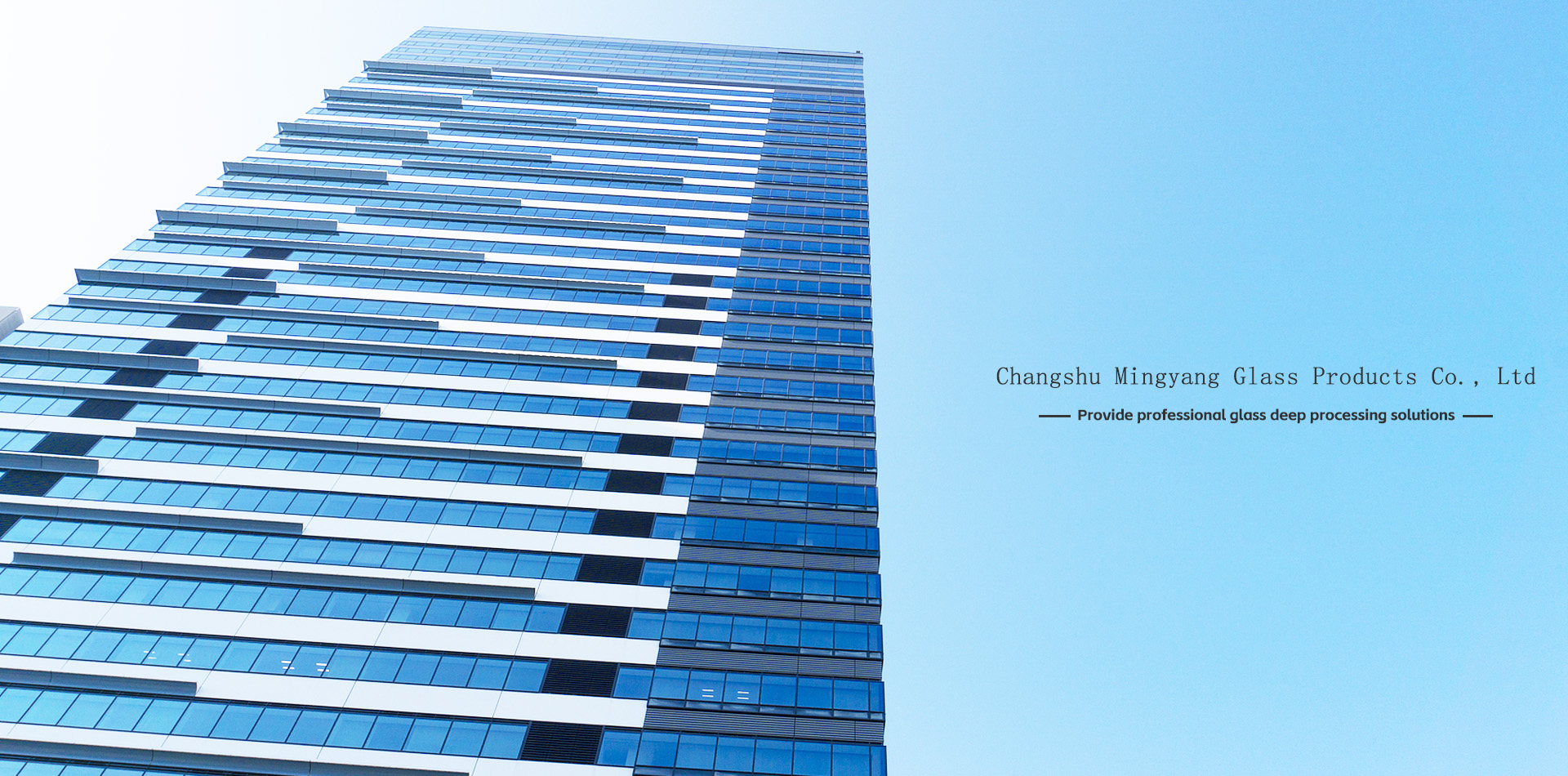
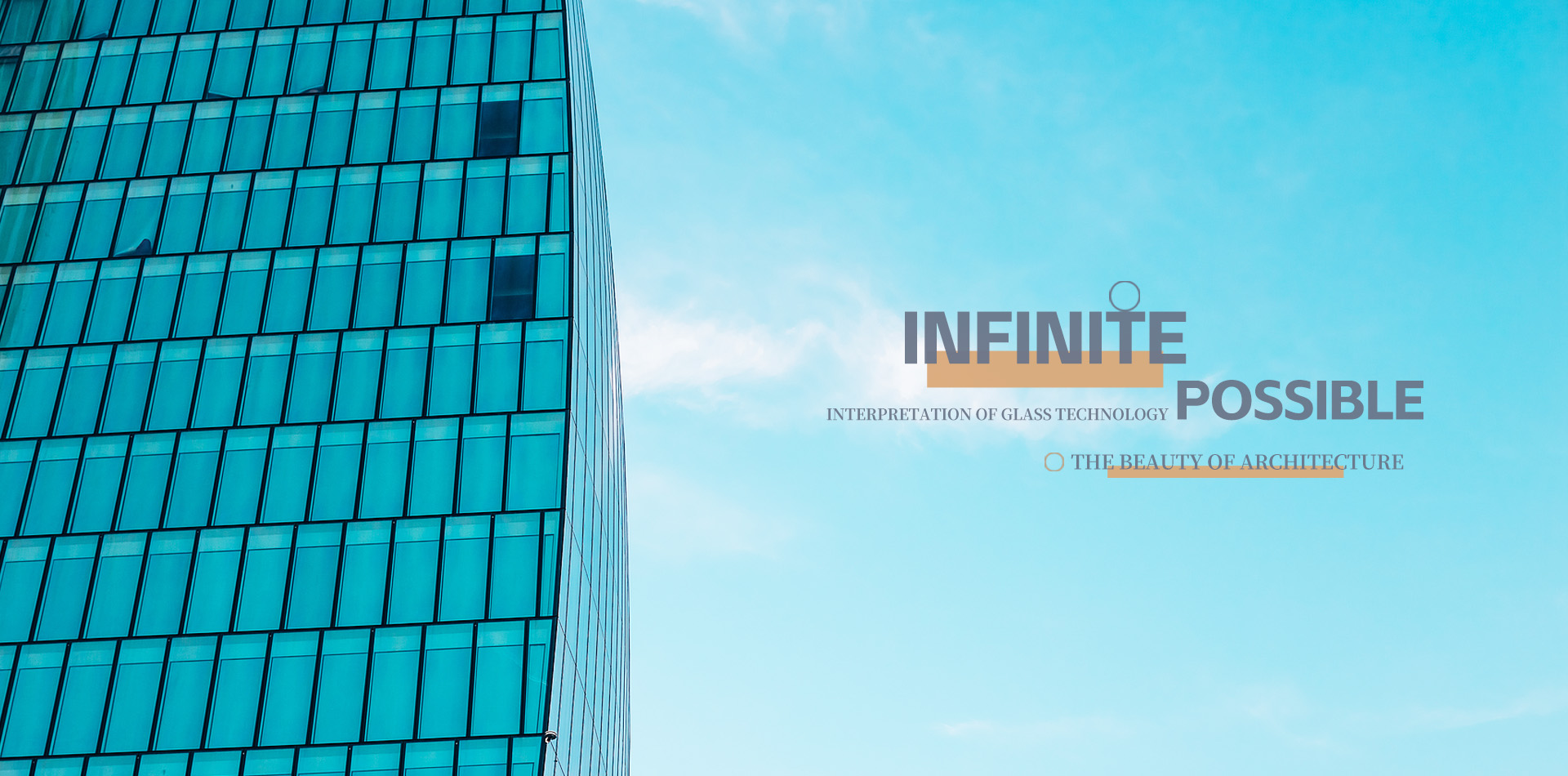
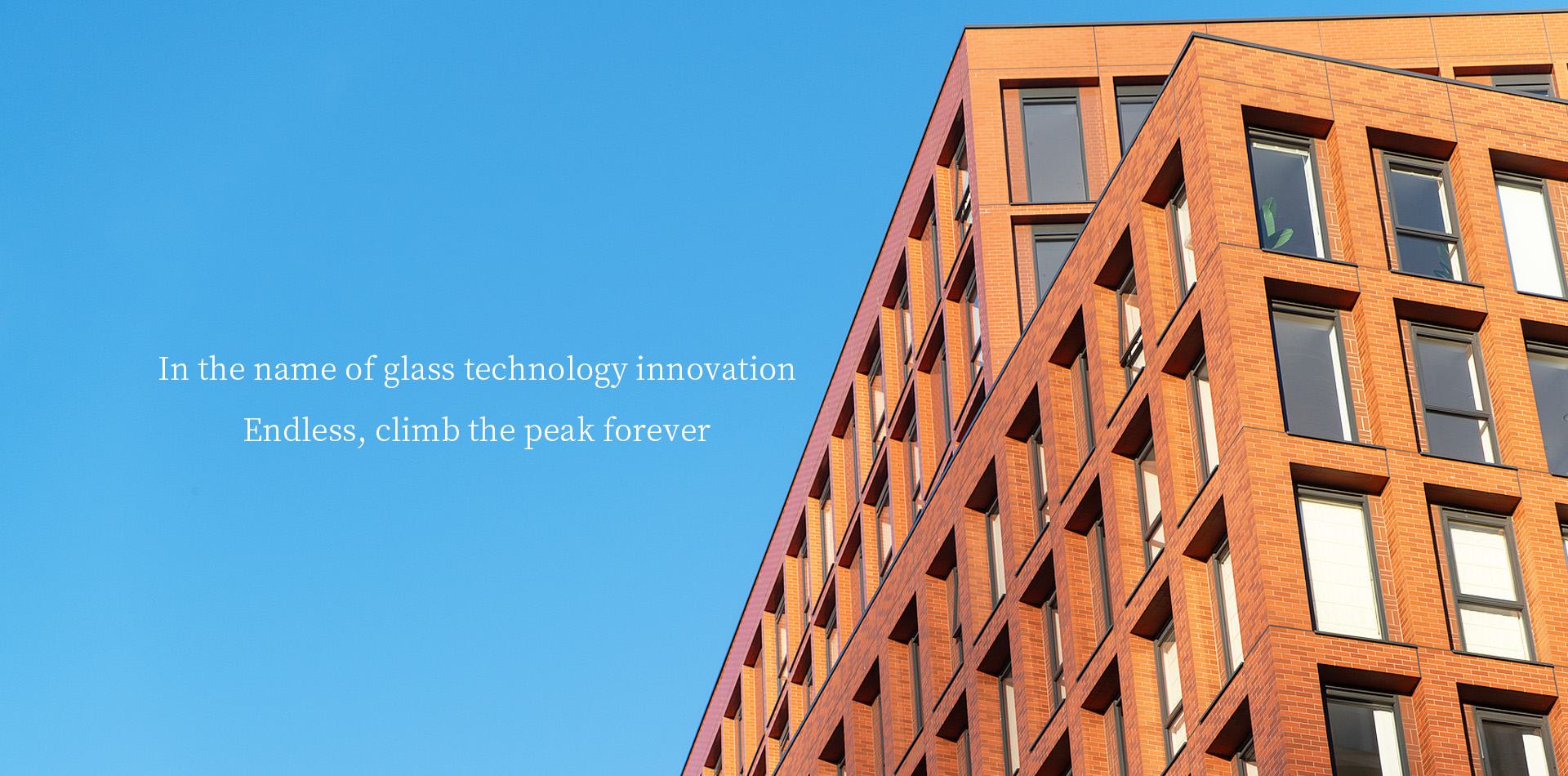
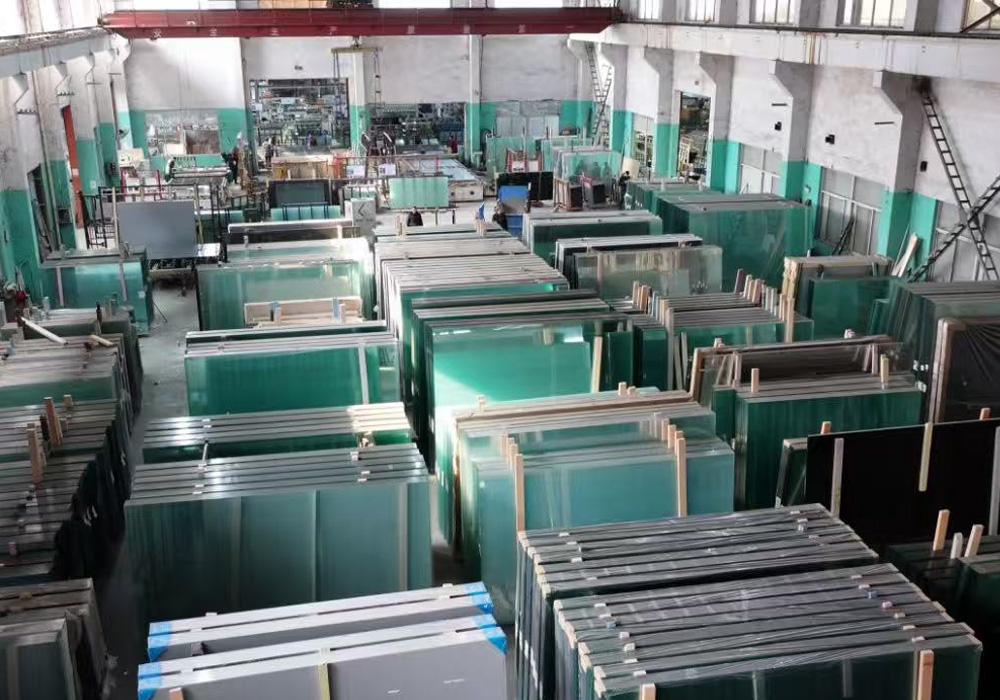
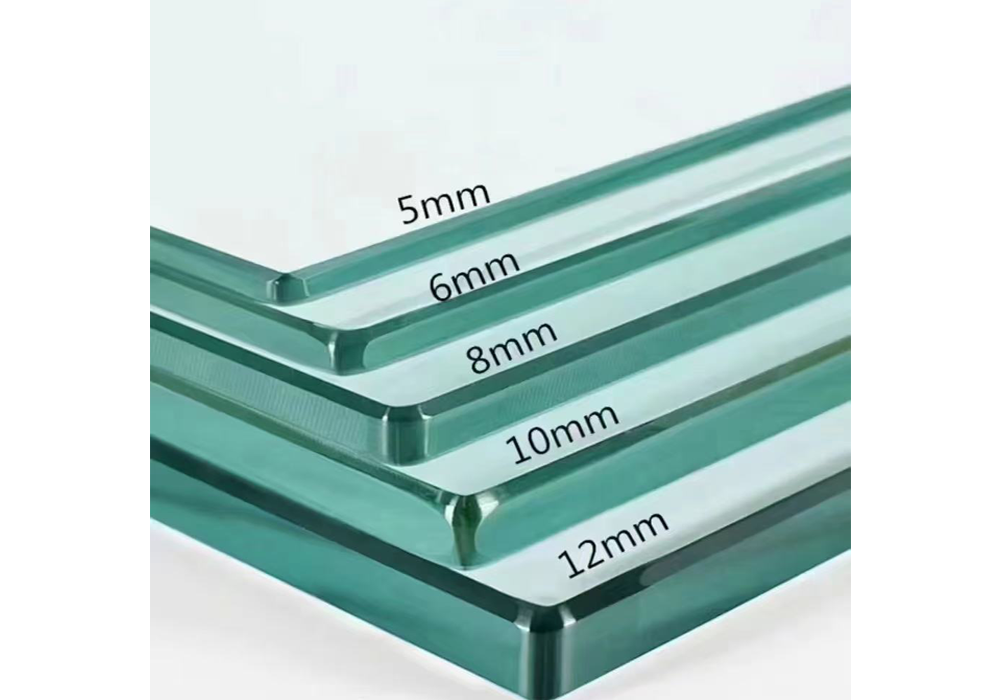
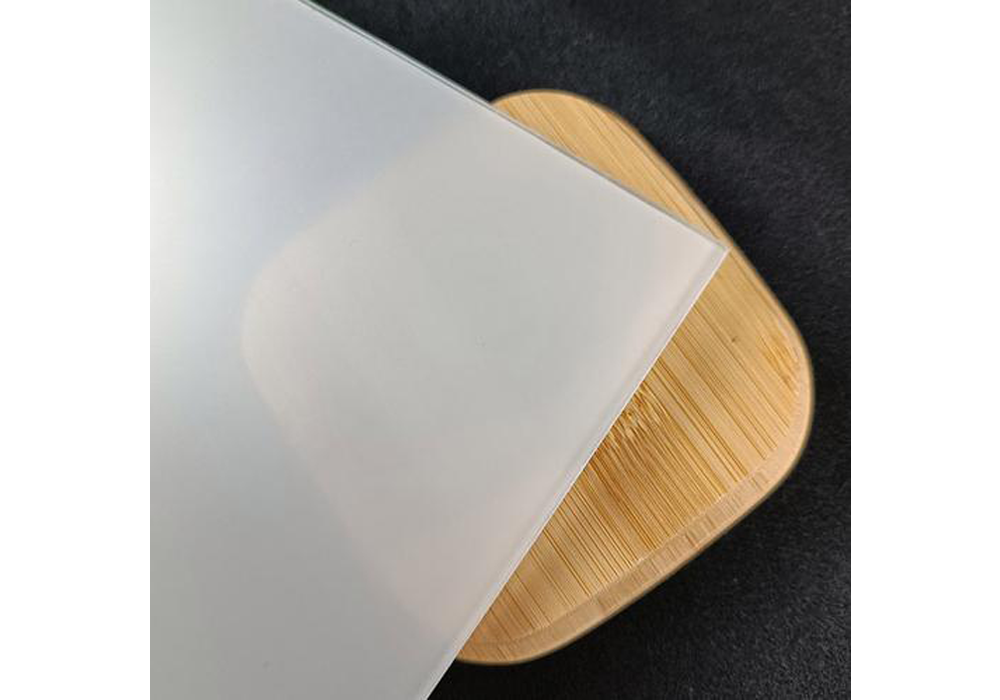
 home
home
 WeChat
WeChat
 telephone
telephone